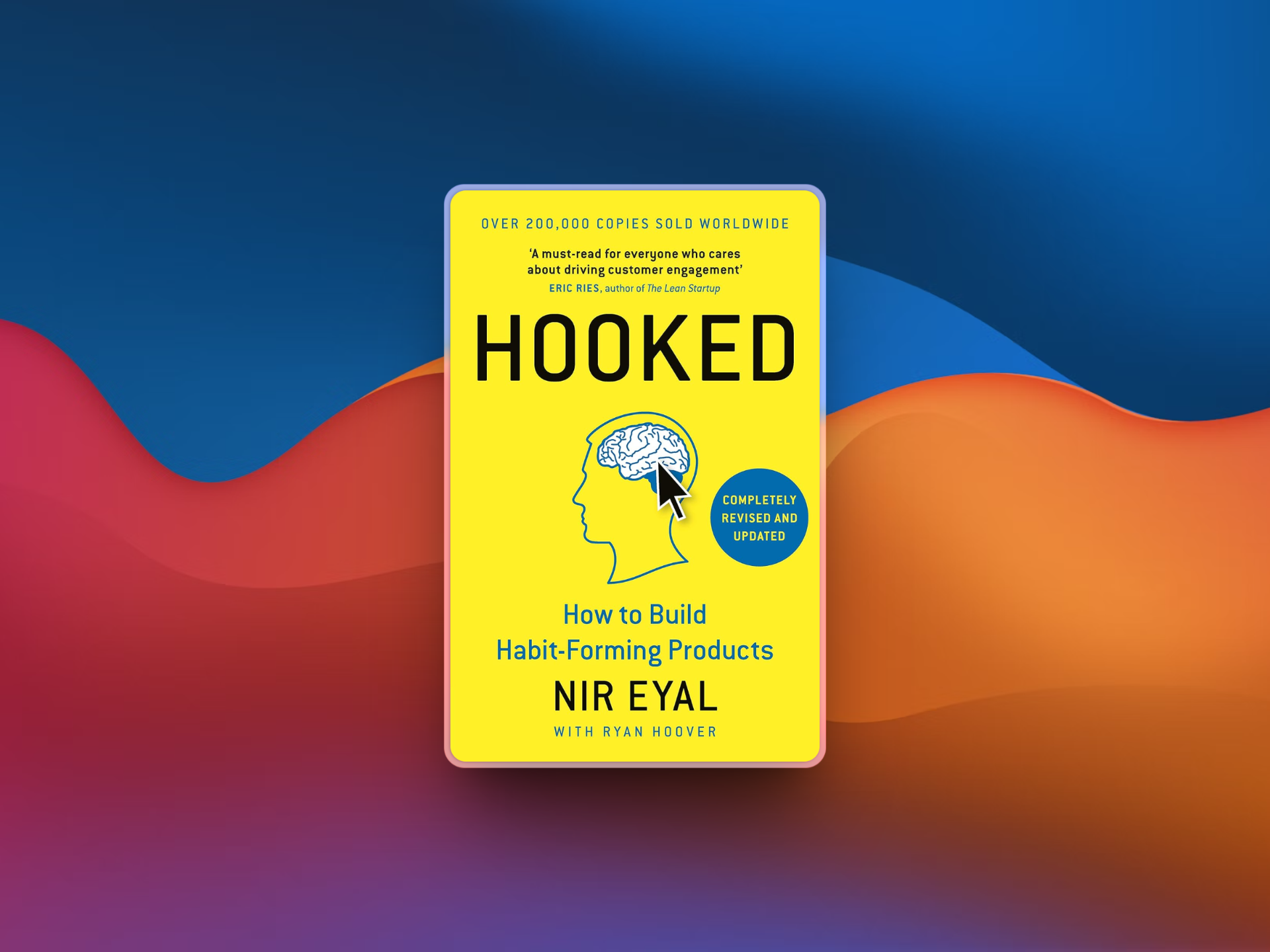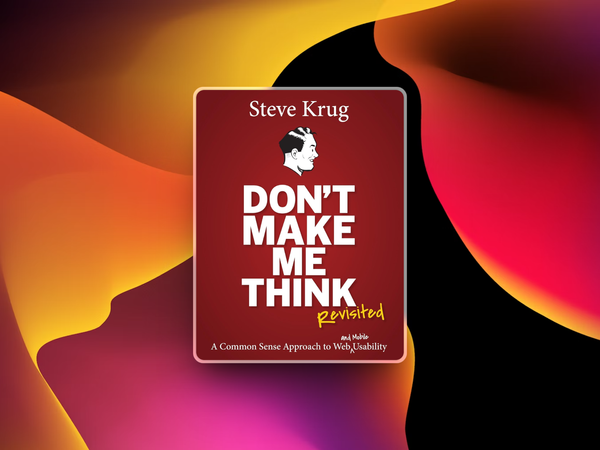Ever Wonder Why You Can't Put Down That App? Nir Eyal's "Hooked" Explains It
Addicted to social media? This book explains why that might be

Okay, let's talk about another book that’s kind of essential reading if you're building anything digital these days: "Hooked: How to Build Habit-Forming Products" by Nir Eyal.
You know how some apps or websites just seem to pull you back in, almost without thinking?
You check Instagram, refresh Twitter, play that one mobile game again... Ever wonder why? "Hooked" dives straight into that.
It's not about flashy features or aggressive marketing (though those can play a part). Eyal breaks down the psychology behind why we form habits around certain products.
He lays out a clear, four-step framework called the Hook Model:
- Trigger: What sparks the user to act? (Could be external like a notification, or internal like boredom/loneliness).
- Action: The simplest behavior done in anticipation of a reward (e.g., scrolling, clicking, opening the app).
- Variable Reward: This is the magic sauce. The reward isn't predictable, which keeps our brains interested (think slot machines, or the unpredictable nature of your social media feed).
- Investment: Where the user puts something in (time, data, effort, social capital) which loads the next trigger and makes the product stickier over time.
Sounds kinda simple when you lay it out like that, but Eyal connects it brilliantly to real-world product examples and the underlying human psychology.
Who Should Read This?
Honestly, if you're involved in creating any kind of product where you want users to come back regularly – apps, websites, platforms, games, even some services – this book is gold.
- Product Managers & Designers: It gives you a powerful lens for thinking about user loops and engagement.
- Founders & Entrepreneurs: Understanding habit formation can be crucial for getting traction and building a loyal user base.
- Marketers: Helps understand user motivation and retention beyond just acquisition.
- Developers: Even if you're not designing the core loop, understanding the why behind features can be really valuable.
It's less about how to code or design specific pixels, and more about understanding the psychology that drives user behavior.
Is it... Ethical?
Yeah, the term "habit-forming" can sound a bit manipulative, and let's be real, it can be a double-edged sword.
Eyal actually addresses this directly in the book with something called the "Manipulation Matrix," encouraging creators to think about whether they're genuinely improving users' lives.
It's a good reminder to use these techniques responsibly. The goal should be to build helpful habits, not exploit vulnerabilities.
Why I Recommend It
For me, "Hooked" was pretty eye-opening.
It provides a practical framework, not just abstract theory. It changed how I look at products I use every day and definitely influenced how I think about building things that people find genuinely useful and engaging (in a good way!).
It's not a magic formula for guaranteed success, obviously. Building great products is hard! But understanding the Hook Model gives you a valuable toolkit for thinking about user engagement and retention.

Hooked
Why do some products capture our attention while others flop?What makes us engage with certain things out of sheer habit?Is there an underlying pattern to how technologies hook us?
If you're curious about why some products stick and others don't, or if you want practical ideas for making your own product more engaging, "Hooked" is well worth your time.
You can usually find it easily enough, but grabbing it over on Amazon is always a straightforward option.
Definitely give it a look if you haven't already. It might just change the way you think about product design.





